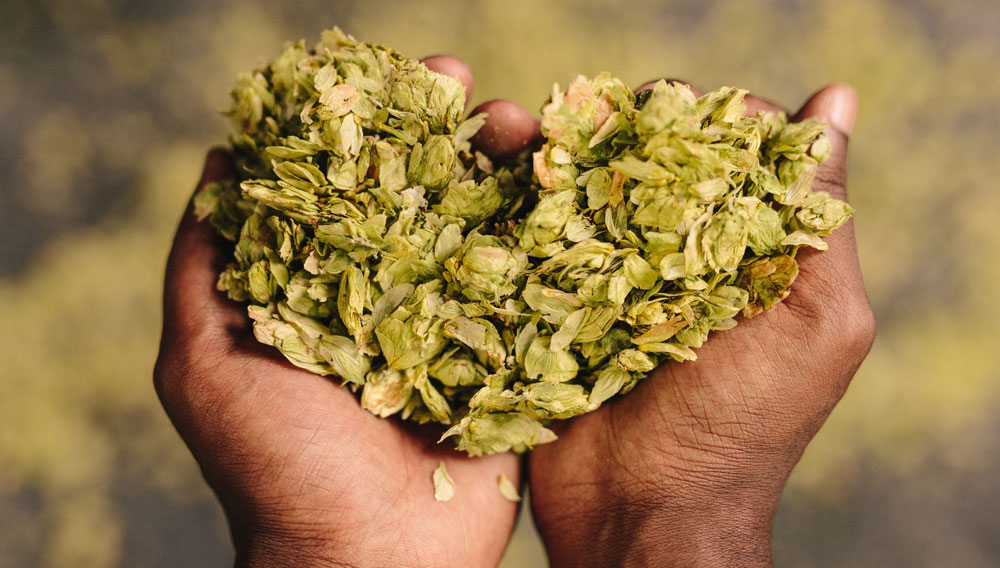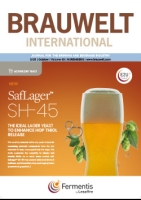Investigation of the impact of the hop variety and the hopping technology on the analytical volatile profile of single-hopped worts and beers
Beer is one of the most consumed beverages in the world due to its alluring taste and aroma, and much effort has been made to reveal the structures responsible for the sensory sensation. However, the precise contribution of hop-derived volatiles towards the hoppy aroma of beer is far from being understood. For a long time, the aroma of fresh beer was believed to be mainly imparted by a few single compounds. Yet, studies
revealed that sensorial perception of the hoppy aroma of beer is more complex than originally thought. Furthermore, the factors that are causing the individual varietal perceivable differences originating from distinct hop varieties used for late and dry hopping have not been revealed yet. To gain insights into the way hoppy aroma develops throughout beer manufacturing, one should first understand the impact of the different brewing process steps on the analytical composition of the volatile fraction of intermediate worts and final beers. Therefore, in this study, samples were taken at different stages along the brewing process of single hop beers and analyzed via headspace solid-phase microextraction and gas chromatography-mass spectrometry (HS-SPME GC-MS), thereby aiming at accurate determination of both the full spectrum of hop oil-derived constituents and of the higher esters and higher alcohols produced during fermentation. Our investigation pinpoints analytical changes in the volatile pattern of the wort and beer samples that are induced by the boiling and fermentation processes, as well as the applied late and additional dry hopping techniques. Concentrations of the “floral” (e.g. oxygenated fraction of total hop essential oil composed of monoterpene
alcohols, esters, ketones and aldehydes) and the sesquiterpenoid hop oil fractions changed significantly along the brewing process. In contrast to that, concentrations of alcohols, ketones and esters in beers were found to be mainly influenced by the fermentation. Regardless of the hop variety used, early and late hopping clearly affected the absolute concentration of hop oil constituents. However, early and late hopping does not affect the original intrinsic qualitative composition of hop oil constituents. Furthermore, dry hopping significantly increases the level of hop essential oil constituents.
BrewingScience - Monatsschrift für Brauwissenschaft, 66 (November/December 2013), pp. 162-175



